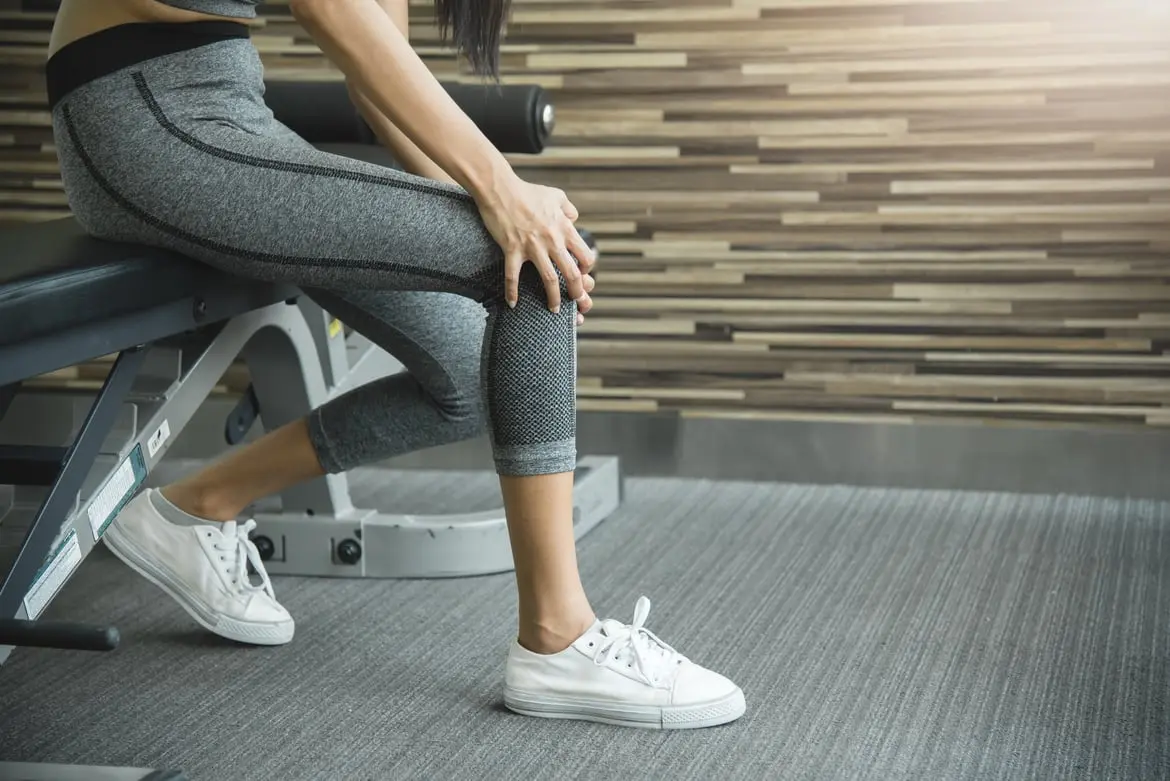Dr Gowreeson Thevendran
Orthopaedic Surgeon


Source: Shutterstock
Orthopaedic Surgeon
After sustaining a sports injury, most patients are eager to get moving again – whether it is returning to their sport or daily functional activities.
Dr Gowreeson Thevendran, an orthopaedic sports surgeon at Mount Elizabeth Novena Hospital, shares his medical perspective on how to achieve a faster recovery after a sports injury.
Regardless of the type of sport or the level that you play at, injuries are unfortunately part and parcel of playing sports. Getting help early and having a focused strategy for recovery is instrumental towards enabling an early return to sports.
Here are key factors to consider when dealing with a sports injury:
Most sport injuries can be avoided by doing some form of warm-up, consisting of either some cardio or stretching prior to the sport. Soft tissues that have been warmed-up and stretched before activity are far less likely to get injured during the sport.
Additionally, you can take these basic steps to help prevent a sports injury:
The mnemonic RICE which stands for rest, ice, compression and elevation is key to treating an acute soft tissue injury. The objective of early RICE therapy is to control the initial inflammation and get the healing process started early.
In the immediate phase of a sport injury, there is swelling, redness and warmth that results in pain. Cold therapy (icing) helps alleviate this while compression with a soft bandage limits swelling. Elevating the injured area is critical even up to first 48 – 72 hours after the injury, as it reduces swelling due to gravity.
When you experience an injury, stop your activity immediately and rest as much as possible for the first 2 days. Avoid putting weight on the injured area for 24 – 48 hours. Resting also will prevent any further bruising.
Apply an ice pack that is covered with a light, absorbent towel for 15 – 20 minutes every 2 – 3 hours during the first 24 – 48 hours of being injured. The cold is useful to reduce pain and swelling. If you don't have an ice pack, a bag of frozen peas or corn will also do the trick.
Wrap the affected area with an elastic medical bandage to prevent swelling. The wrapping should be snug but not too tight as to interrupt blood flow. Loosen the bandage if the skin below turns blue or feels cold, numb or tingly.
Raise the injured body part above the level of your heart. This reduces pain, throbbing, and swelling. A pillow can be used to achieve elevation. The injured area should be kept raised whenever possible.
An injured body part will struggle to heal if it is repeatedly used after an injury. Pain is an excellent indicator of an ongoing injury and should not be ignored, even if that means resting from daily functional activities or sports.
It is often best to immobilise the injured area with a splint or brace and rest it completely to allow complete healing. Continuing to use the injured body part may aggravate an acute injury and turn it into a chronic one, making it more likely to recur and more difficult to treat.
Minor sprains or tears typically improve significantly after 2 weeks of rest and a break from sport. A lack of improvement should warrant a consultation with a sports doctor.
A thorough clinical examination and imaging tests such as x-rays or scans will confirm the diagnosis and help focus the rehabilitation strategy to enable a faster recovery with limited complications. Understanding the nature of the injury also helps enormously with the mental preparation during recovery.
Once the initial inflammation has settled, early movements of the joint to restore a full range of movement is critical. This exercise regime is best implemented under the supervision of a specialist or physiotherapist who will ensure the appropriate milestones are achieved. A premature return to sport while joint motion is still limited can increase your risk for further injury.
A normal walking pattern means that there is a normal weight transfer from the feet to the knee, hip and back. An abnormal walking pattern could be due to pain, weakness or muscle imbalance, and must be addressed before returning to sports.
A period of rest and disuse typically results in muscle wasting, sometimes even in uninjured body parts. A key component of muscle strengthening is resistance training which improves balance, reflex control and endurance in the injured tissues. This is often implemented along with conditioning and endurance training to prepare the injured area for a faster return to sports.
There are several foods and supplements that can help the body heal faster after an injury.
Protein-rich foods such as meat and fish enhance the body's muscle-building process.
Citrus fruits and dark leafy greens rich in vitamin C help with the production of collagen that rebuilds tissues and has anti-inflammatory properties.
Omega-3 fatty acids from supplements and natural sources such as salmon, sardines, chia seeds, walnuts and soybeans limit excessive inflammation and help speed up recovery.
With bone injuries such as fractures, taking more calcium-rich foods such as milk, cheese, yogurt, soft-boned fish, almonds and dark leafy greens is essential. The body also needs vitamin D to absorb calcium, which you can get through exposure to sunlight.
In summary, an early recovery from a sports injury requires managing the early healing process of the injured area and a having tailored rehabilitation strategy. Seeking help and guidance from a specialist while being careful not to further aggravate the injury can make all the difference in recovery time.